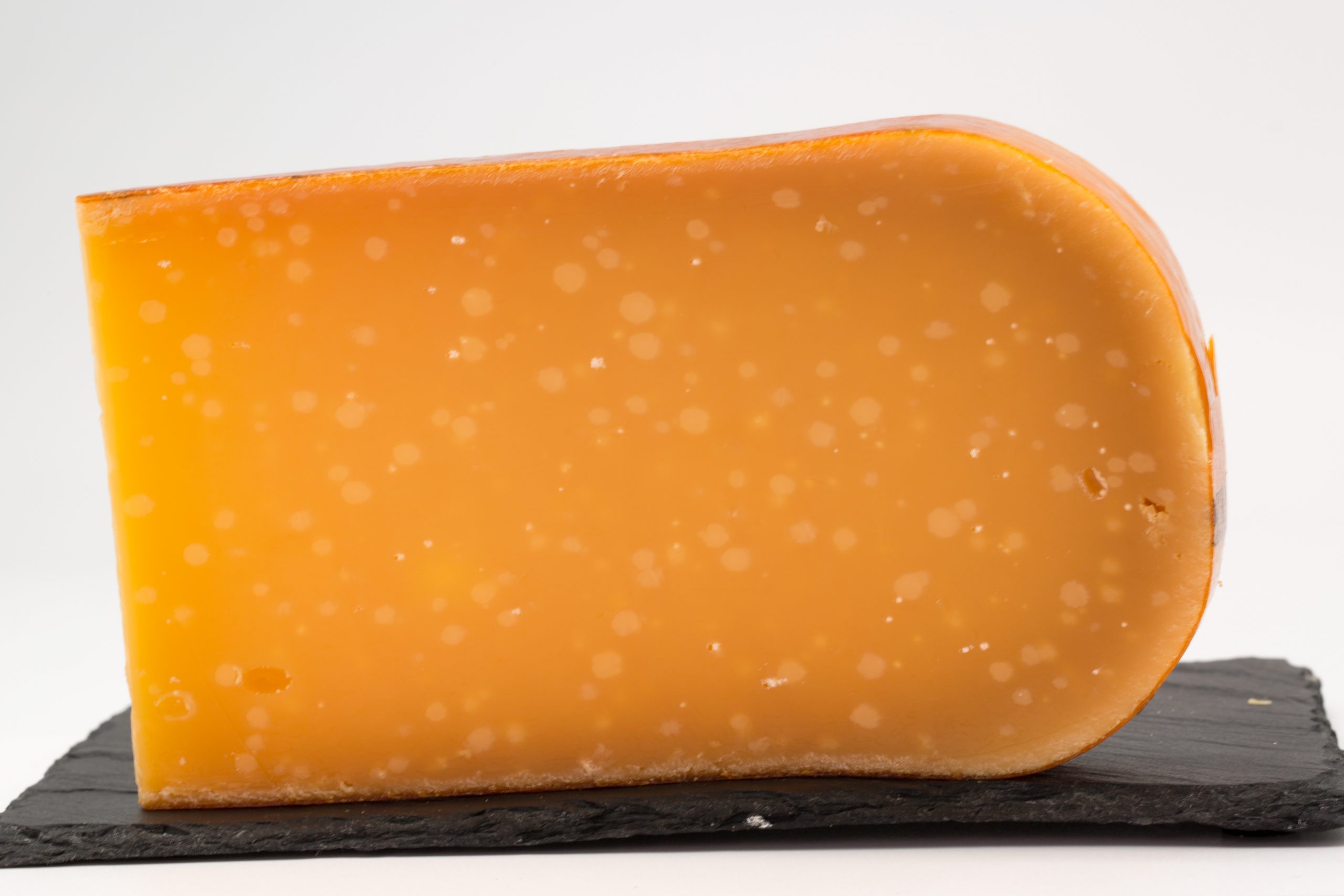How to Make Gouda at Home
Life keeps getting more and more expensive. With the way that economy is going, purchasing everyday food alone is a struggle. Let alone delicious creamy spreads to brighten your meal times. But you do not need to be chained to the capitalist world forever.
By making small changes to your life, you can improve. For example, if you love Gouda cheese, you might want to learn how to make it at home. That is what we are going to discuss in this article.
So, without further ado, let’s dive right in and get started!
What Are You Going to Need?
There are inevitably going to be a few things that you need to make a delicious batch of Gouda cheese.
There are a few pieces of equipment that will make your life easier while you are making Gouda cheese. I have listed everything below:
- Curd Cutting Knife
- Spoon or Ladle
- Butter Muslin
- Cheese Moulds
- Cheese Press or Cheese Weights
I have listed the ingredients you will need down below:
- Whole Milk – You will need six gallons of whole milk.
- MM100 Culture – You will need about ½ teaspoon of culture. (Mesophilic Starter Culture)
- Single Strength Liquid Rennet – You need ten milliliters of single strength liquid rennet.
- Salt – Just a pinch.
- Calcium Chloride – You will need just a bit for pasteurized milk.
With just these three ingredients you should be well on your way to making your own delicious Gouda cheese!
Step-By-Step Instructions on How to Make Gouda
At this point you should have everything you need to get started with your Gouda cheese. Now all you need to do is follow the instructions we have laid out below:
Step 1 – Heat and Acidify the Milk
Heat all six gallons of your milk in a pot to about thirty degrees Celsius. Once it has heated through and reached this temperature, add a half teaspoon of MM100 culture. Stir it in thoroughly and allow the culture to ripen for approximately thirty minutes.
Step 2 – Add the Rennet
After thirty minutes, add two teaspoons of single strength rennet into the milk at the thirteen-minute mark. This will help your milk to thicken and coagulate. Allow the curds to develop for about forty minutes. You will know that you are done once you see a firm curd develop.
Step 3 – Cut, Cook and Wash Your Curds
Once your curd is nice and thick you can cut it. Make sure to cut crosswise so that you have a bunch of one inch squares. Allow the curd to sit for a further two to three minutes before you cut them again. This time make sure that they are about half an inch inside.
Stir your curd for about fifteen minutes and then remove about one third of the whey. Next, add water at about 54 degrees Celsius over the next fifteen minutes. The temperature of your curds and whey should reach between 36 and 38 degrees Celsius. This is an essential step as it helps to get rid of some of the lactose.
Continue stirring your curds for about thirty minutes so that your curds do not become matted. In essence you need to make sure that your moisture has reached optimal levels. The longer you stir, the drier your curds will become. This means that you will be aging your cheese for longer.
Step 4 – Mold Your Curds
At this point, you are ready to start moulding your curds. Moulding is important as it makes sure that your curds form a right mass that will not have a lot of holes. So, get your moulds and draining cloth ready.
To do this, simply place them in a pan that has enough room to retain any whey. Pour a little warm whey into your moulds to warm them up. This also allows the whey to rise up 2.5 and 5 centimetres over the top of your curds.
Step 5 – Press the Curds
With your cheese moulded, you can now take the curds out of the whey and put them in a cheese press. You are going to need at least four kilograms for thirty minutes to get the desired effect. Once this time has passed, flip the cheese and wrap it again, p[lacing it under a 7.2 kilogram weight for another thirty minutes.
Repeat this step with an 11.3 kilogram weight for the same amount of time. With that, you will not need to flip the cheese a final time and allow it to be pressed under an 11.3 kilogram weight for between six and eight hours.
If you would like your Gouda to be drier and age longer, you should use a 22.6 kilogram weight and allow the cheese to be pressed overnight. Once your cheese has finished being pressed, take it out of the cheese cloth and let it rest in a mould at 50F.
Step 6 – Salt Your Cheese
Once your cheese has been sufficiently pressed, the next step is to salt it. So, the morning after your pressing, grab your Gouda cheese and place it in a saturated brine for between eighteen and twenty-four hours. This is essentially three to four hours per pound of your final yield of cheese.
To make your brine, we recommend that you use about one to four and a half litres of water with about 2.25 pounds of salt, one tablespoon of calcium chloride and finally, one teaspoon of white vinegar.
Once your cheese has been in the brine for the appropriate time, take it out and wax it to use a natural rind. Only do this once your cheese is dry to the touch. This will take between three and seven days.
Step 7 – Age Your Gouda
To age your cheese properly, you need an area that is 13.3 and 17.7 degrees Celsius. You will also need 80 to 85% RH. While your cheese is ageing, you may notice that there will be some small internal holes developing.
The higher the temperature while your Gouda is ageing, the more chance there will be for these holes to develop. If you want your Gouda to be ripe and ready it will take between sixty days and six months. If you want your cheese to be drier it will need to age for between twelve months and four years or more.
A Few Great Gouda Recipes
For those of you that might need a recipe to follow with a bit more detail, this section is going to be perfect for you. I have found three recipes which I thought were the best, make sure to check them out below to learn more:
- Cheese Making – This is a fantastic recipe for making sweet Gouda cheese.
- Browin – If you want to make a quick and delicious batch of Gouda, go for this recipe.
- Kaas Work Shops – Do you want to make some Dutch style Gouda cheese?
There are many great ricotta recipes online, if you want to find something a bit different, you are sure to find something that will suit you. But the three recipes I have listed above are really amazing.
Final Thoughts
Hopefully you have enjoyed reading this article and learning about how you can make Gouda cheese at home. It really is super easy to do. Just make sure that you have all the right ingredients and the equipment. With those two things, you should be able to whip up a decent and delicious batch of this famous cheese.
With all of that said, if you have enjoyed reading this article, and learning about making this tasty cheese you should absolutely check out our website. We have a wide range of fantastic homesteading and self-sufficiency articles available for you to peruse. From how to make halloumi to how to make homemade butter.
Thanks for reading!

